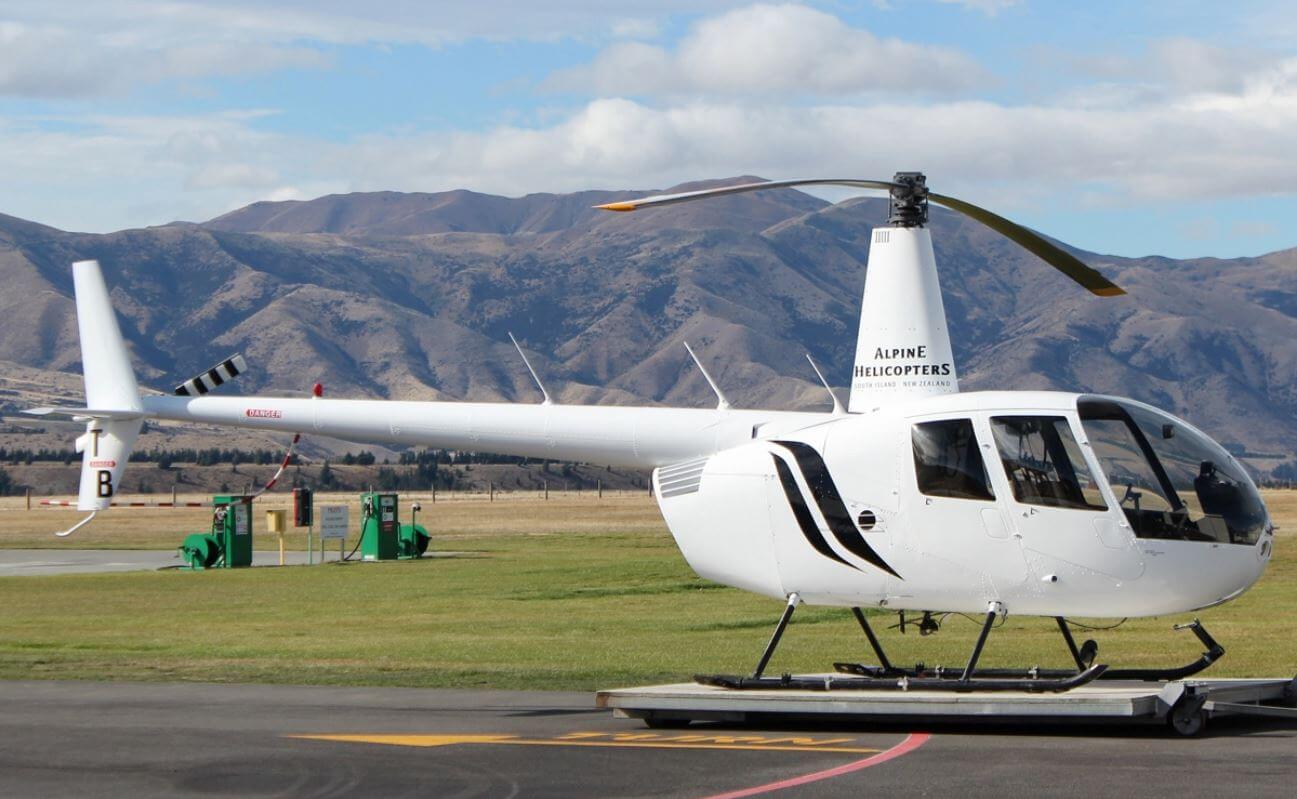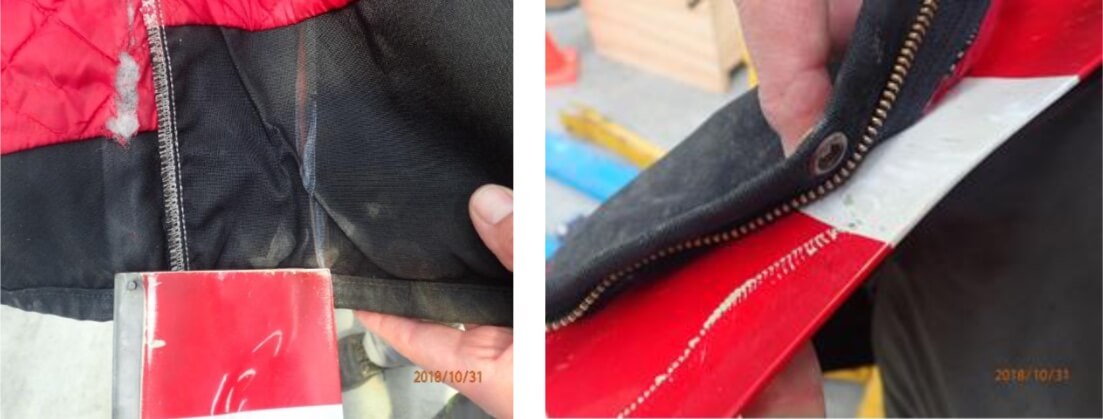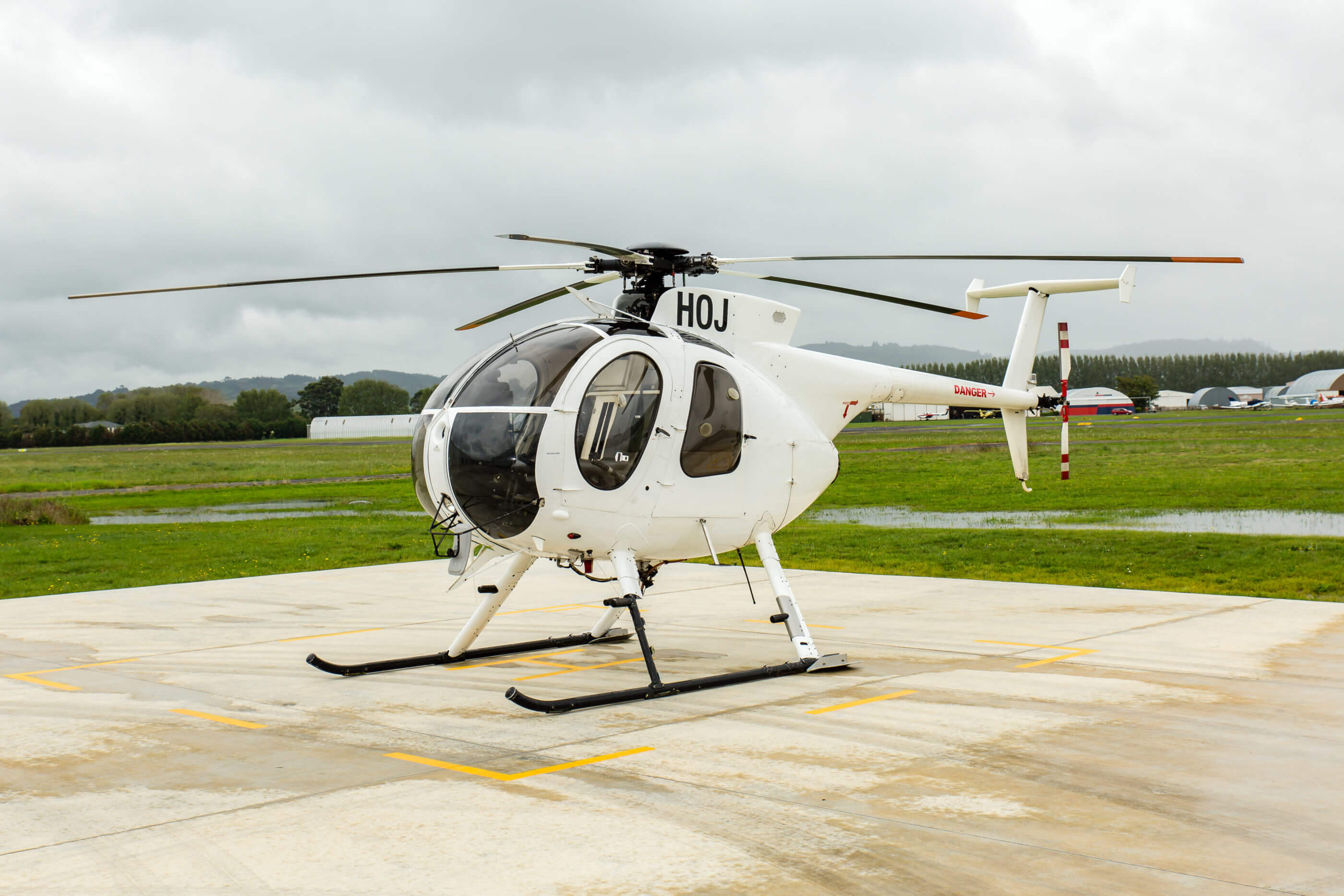Mast bumping and a loose item of clothing that became caught in the tail rotor appear to have been factors in separate helicopter accidents that killed two brothers in New Zealand earlier this year.

Matt Wallis died during a solo flight on July 21 when his Robinson R44 helicopter crashed into Lake Wanaka on New Zealand’s South Island. Less than three months later, on Oct. 18, his brother Nick Wallis and two passengers, Paul Hondelink and Scott Theobald, were killed when their Hughes 369D crashed shortly after takeoff from the Wanaka Airport.
New Zealand’s Transport Accident Investigation Commission (TAIC) published interim reports for both accidents on Dec. 20. According to chief commissioner Jane Meares, evidence in the R44 accident suggests that the helicopter experienced mast bumping — contact between an inner part of a main rotor mechanism and the main rotor drive shaft — at some point during the accident sequence.
“Although we have not come to a conclusion about what caused this accident, evidence of mast bumping is always a concern for the commission,” Meares stated in a press release. The TAIC has previously added mast bumping in Robinson helicopters to its “Watchlist” of pressing safety concerns.
“There is also evidence that a main rotor blade has struck and entered the cabin in flight. There are score marks on the blade that match screws on the canopy bow; there is scoured paint on the screws. The same rotor blade has marks matching damage to the flight instruments panel,” Meares added.
Meanwhile, the interim report on the Hughes 369D accident highlights the risk posed by loose items in the cabins of helicopters.
“There is evidence that a pair of over-trousers that had been packed in the cabin came out of the helicopter and became entangled in the tail rotor,” Meares stated in a separate press release. “Paint marks on the over-trousers matched the color and profile of the tail rotor blades, and marks on a tail rotor blade match a zip and dome connector on the over-trousers.”

In November, New Zealand’s Civil Aviation Authority (CAA) issued a safety message reminding pilots that a number of accidents and incidents have been caused by loose items exiting the helicopter and contacting the tail rotor. “Pilots and crews must ensure that all items in the cabin are securely stowed before takeoff, even if operating with all doors fitted,” the message states.
According to the interim report on the Oct. 18 accident, evidence suggests that the left rear door of the helicopter opened and separated from the aircraft in flight. The aircraft, which was originally manufactured in 1979, was being operated by Alpine Helicopters on a short-term lease. It was fitted with an early door-latch style with a multi-point, standard latch tongue-and-strike-plate system; this was changed to a different latching mechanism in later models of the Hughes 369 (now MD 500) series.

During its investigation, the TAIC learned of three incidents in the month prior to the accident in which doors on this helicopter opened in flight.
“Effective safety management depends on such incidents being reported and investigated, but none of these occurrences was recorded in the operator’s incident reporting system,” Meares stated.
Consequently, the TAIC has recommended urgent action by the director of the CAA to remind aviation participants of the importance of reporting incidents in accordance with Civil Aviation Rules.
The interim reports issued on Dec. 20 include no further findings. Investigations into both accidents are continuing, and information contained the final reports may differ from that in the interim reports, the TAIC stated.










Every parent dread losing a child like this, but two?